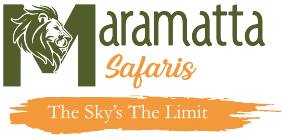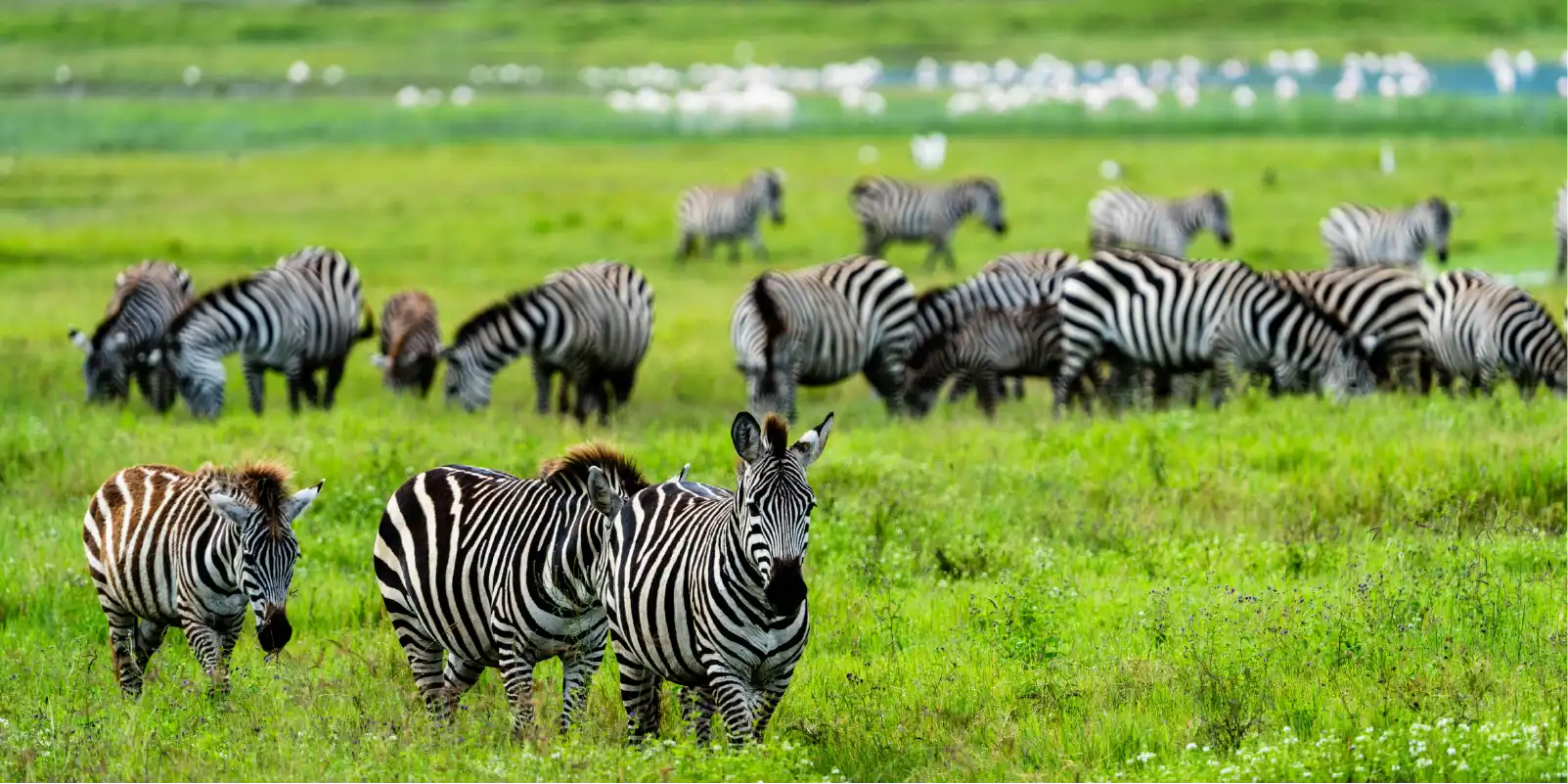
Best Time to Visit Northern Tanzania
Discover the ideal seasons to explore Northern Tanzania safaris — from the Great Migration in Serengeti to wildlife-rich Ngorongoro, Tarangire, and Lake Manyara.
Why Timing Matters for Your Safari
Best time to visit Northern Tanzania — it’s a question every traveller asks, and rightly so. This region is home to some of Africa’s most iconic wildlife destinations: the majestic Serengeti, the ancient Ngorongoro Crater, the elephant-rich Tarangire, and the flamingo-dotted Lake Manyara. Each of these parks has its own rhythm, and understanding Tanzania’s seasonal patterns can elevate your experience from memorable to magical. Whether you’re chasing the Great Migration, dreaming of predator sightings, or hoping for lush landscapes, this month-by-month breakdown will guide you to the perfect window for your trip.
Dry Season (June – October): Prime Time for Wildlife Viewing
This is widely considered the best time to visit Northern Tanzania. From June to October, the dry season offers cooler temperatures, sunny skies, and excellent visibility as animals congregate around shrinking water sources.
- Serengeti: Best chance to witness dramatic river crossings during the Great Migration (especially in the north during July–September).
- Ngorongoro Crater: Wildlife remains abundant year-round, but dry season means easier sightings.
- Tarangire: Known for its large elephant herds and baobab trees, the park truly comes alive as water becomes scarce elsewhere.
Best for: Migration chasers, photographers, first-time safari-goers.
Keep in mind: High demand — book early for top lodges and camps.
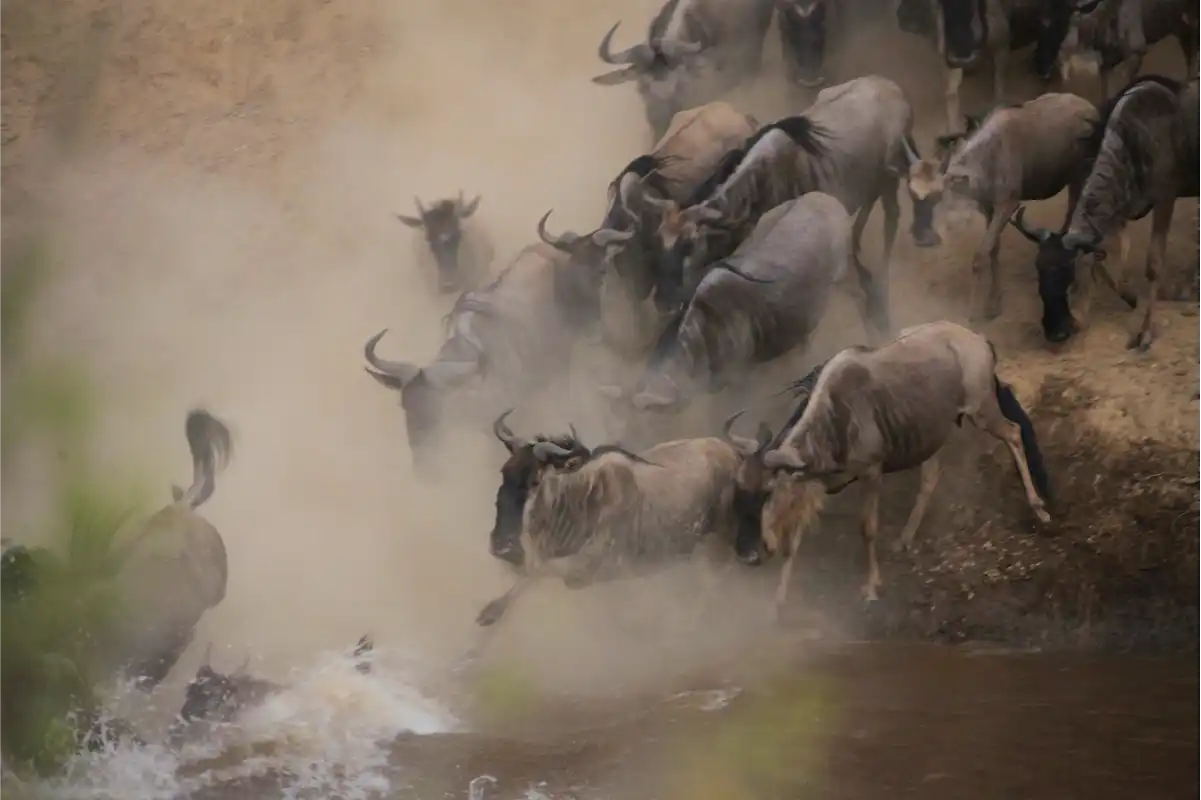
Wildebeest crossing the Mara River during the Serengeti Great Migration.
Green Season (November – March): Lush Landscapes & Fewer Crowds
Often underrated, the green season begins with short rains in November, turning the plains vibrantly green. Wildlife remains visible, lodges offer off-peak rates, and the crowds thin out.
- Serengeti (Southern Plains): From December to March, witness the calving season—thousands of baby wildebeest born daily, drawing predators in dramatic numbers.
- Ngorongoro & Lake Manyara: Still excellent for game drives, with beautifully green scenery and softer light for photography.
- Birding: This is peak season for migratory birds across all Northern parks.
Best for: Wildlife births, birdwatchers, photographers, off-peak deals.
Note: Some roads may be muddy, but major areas remain accessible.
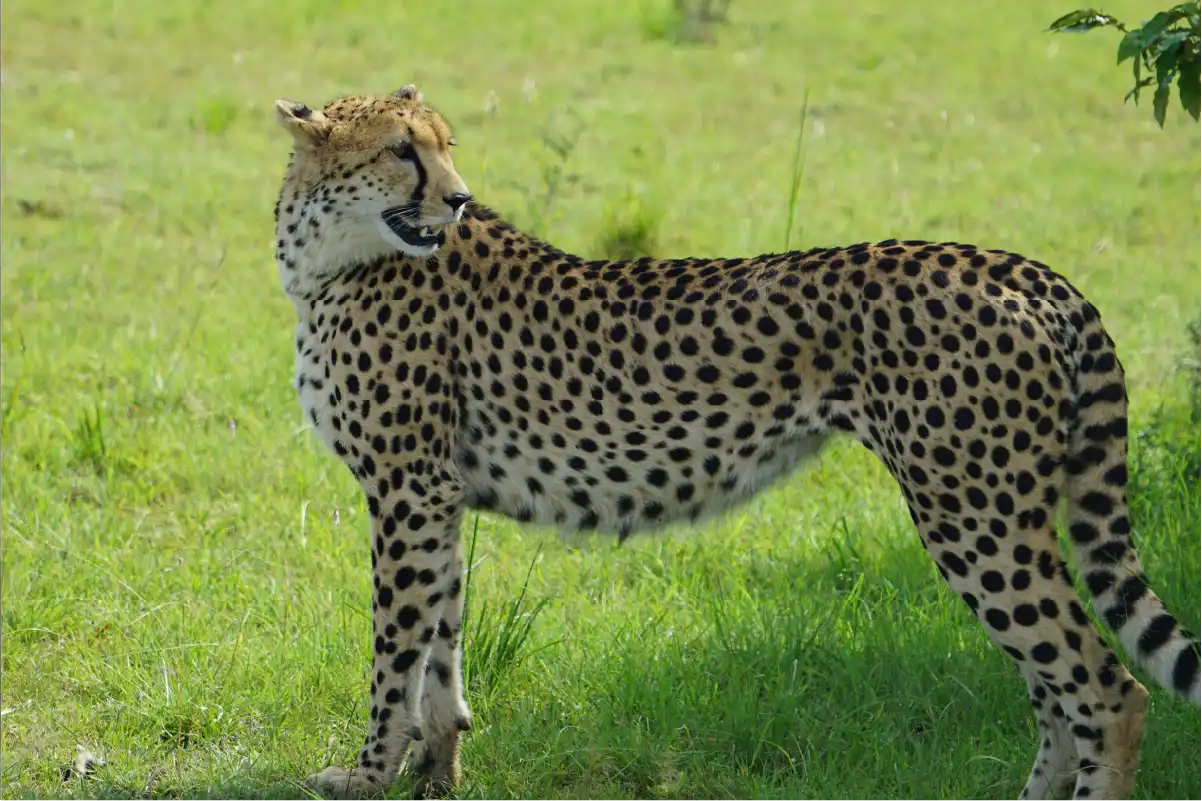
Cheetah on the plains — predator action peaks during calving months.
Long Rains (April – May): Quiet, Quieter, Quietest
This is the low season, when long rains dominate. While some camps close temporarily, this period can still be worthwhile for experienced travellers or those seeking solitude.
- Ngorongoro Crater: Still accessible and teeming with wildlife, though visibility may drop.
- Serengeti & Tarangire: Some lodges may close or offer drastically reduced rates.
Best for: Budget travellers, photographers after moody skies.
Expect: Daily showers, closed camps in remote zones.
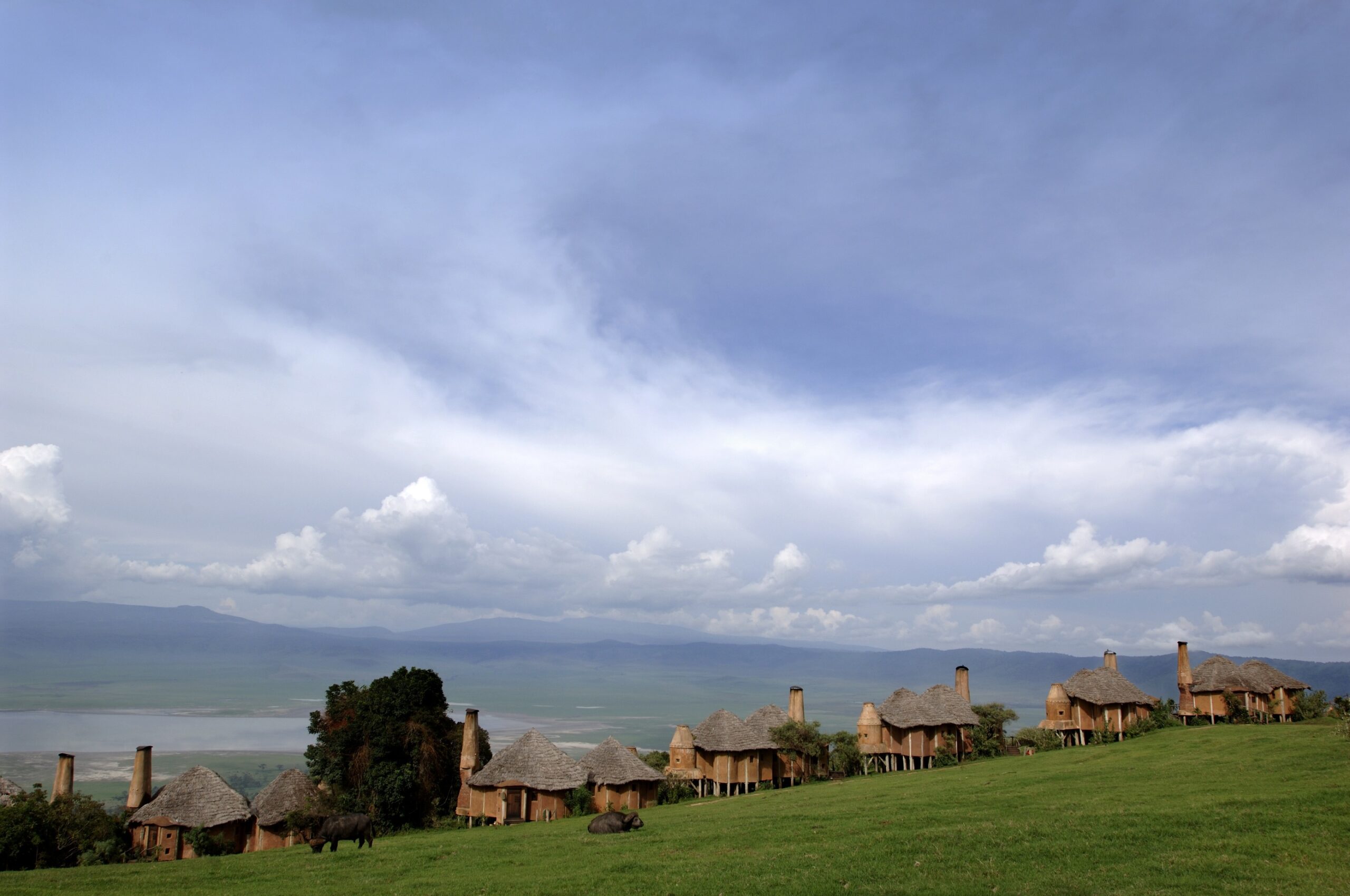
Luxury lodges around the Ngorongoro Crater rim offer stunning views year-round.
Summary: What’s the Best Time Based on Your Goals?
| Travel Goal | Best Months | Recommended Parks |
|---|---|---|
| Great Migration (crossings) | July – September | Northern Serengeti |
| Calving season | January – March | Southern Serengeti |
| Birdwatching | November – April | Lake Manyara, Tarangire |
| General game viewing | June – October | Ngorongoro, Serengeti, Tarangire |
| Fewer tourists | November, April – May | All parks |
Final Thoughts: Choose Your Perfect Safari Window
Northern Tanzania is a year-round safari destination—but choosing the best time to visit depends on your travel style. Want big game and clear skies? Head over in the dry season. Prefer lush, green landscapes and predator action? The calving months are unbeatable. Travelling on a budget or love quiet escapes? The green season offers incredible value without compromising on nature’s drama.
Wherever your journey falls, Maramatta Safaris will tailor your itinerary to match the moment. From luxury lodges to remote bush camps, we’re here to make your Tanzania safari unforgettable—no matter the season.
Ready to Choose Your Perfect Safari Window?
We’ll match your dates to the Great Migration, wildlife highlights, and your budget—then craft a custom Northern Tanzania itinerary just for you.
Start Planning Talk to a Specialist